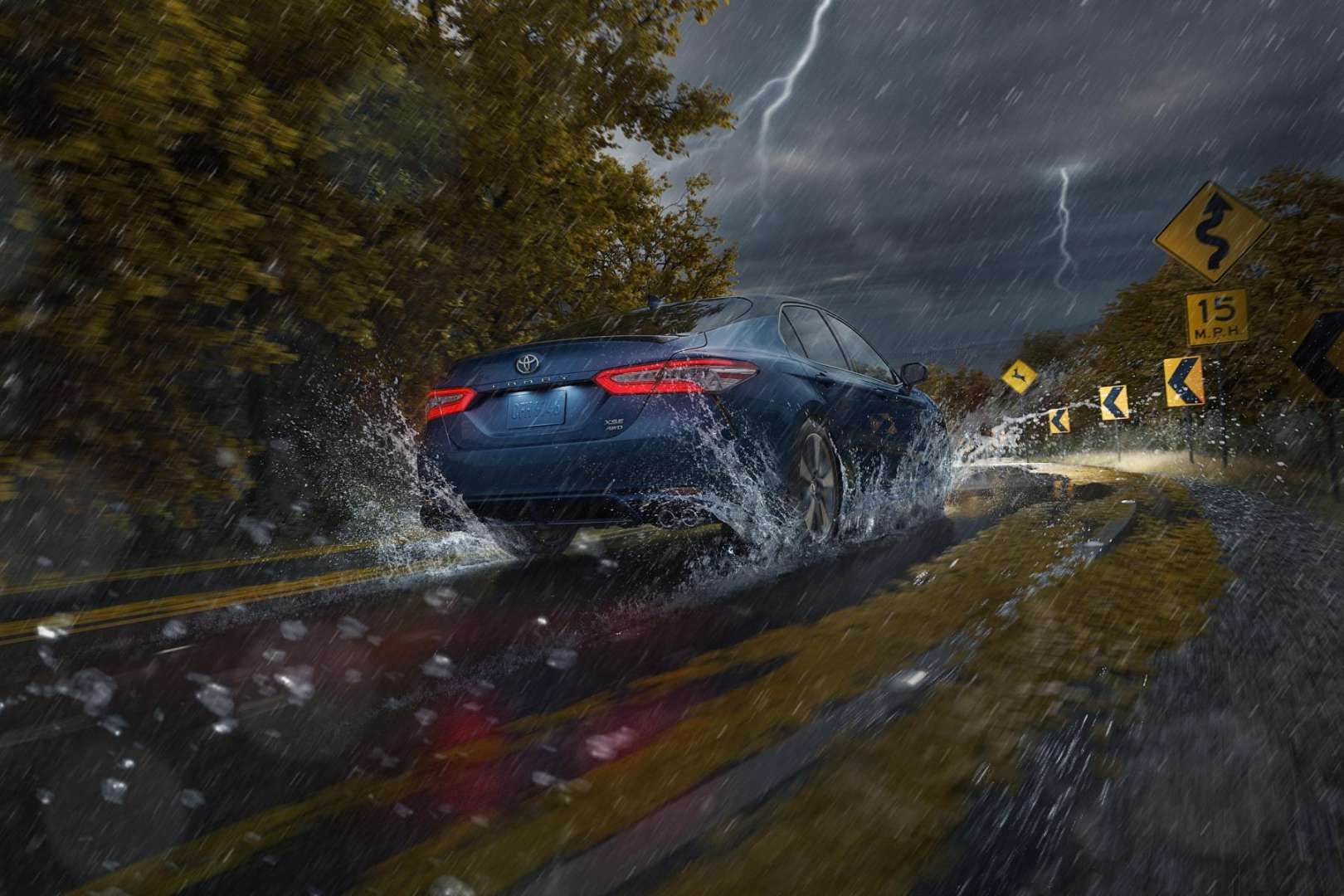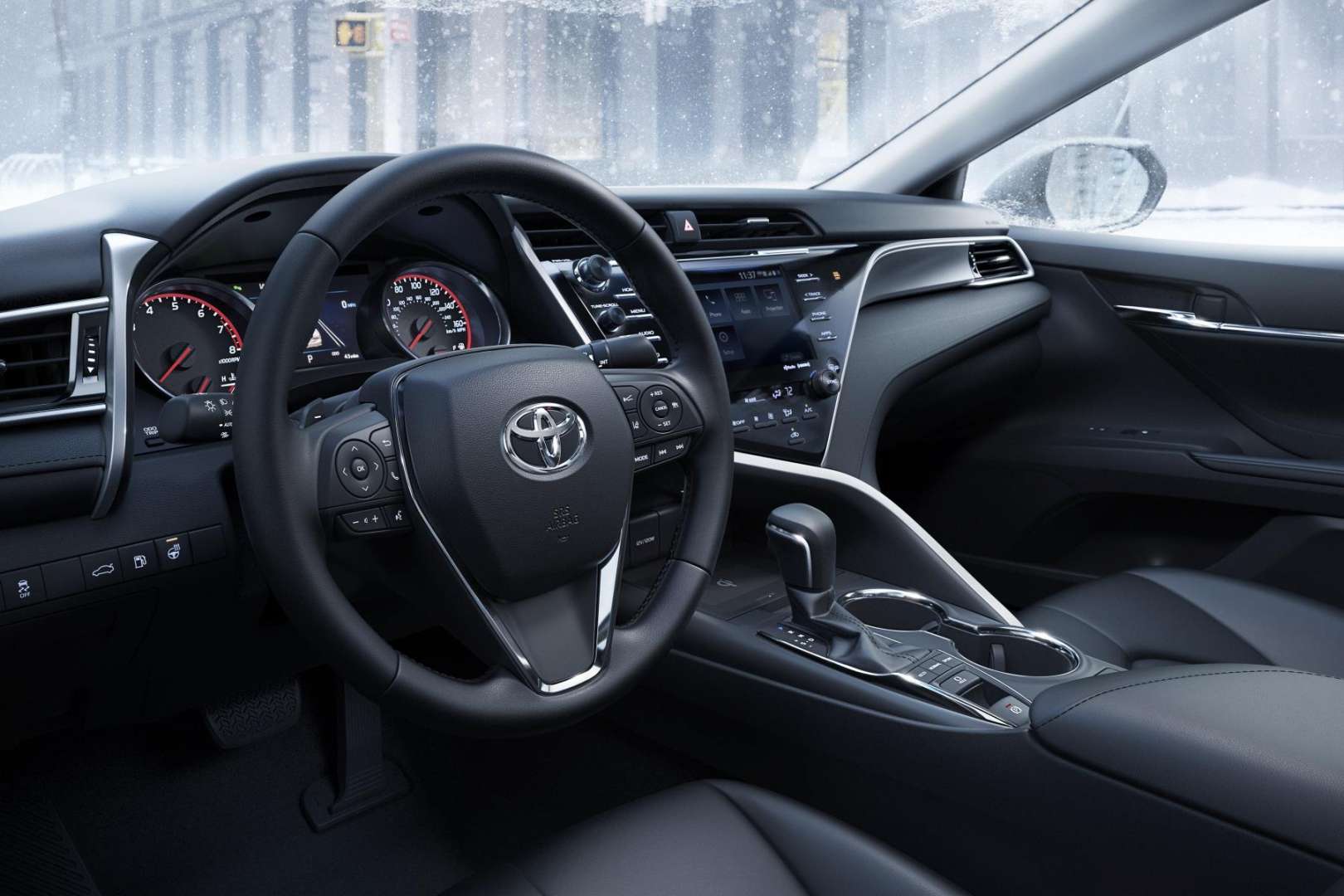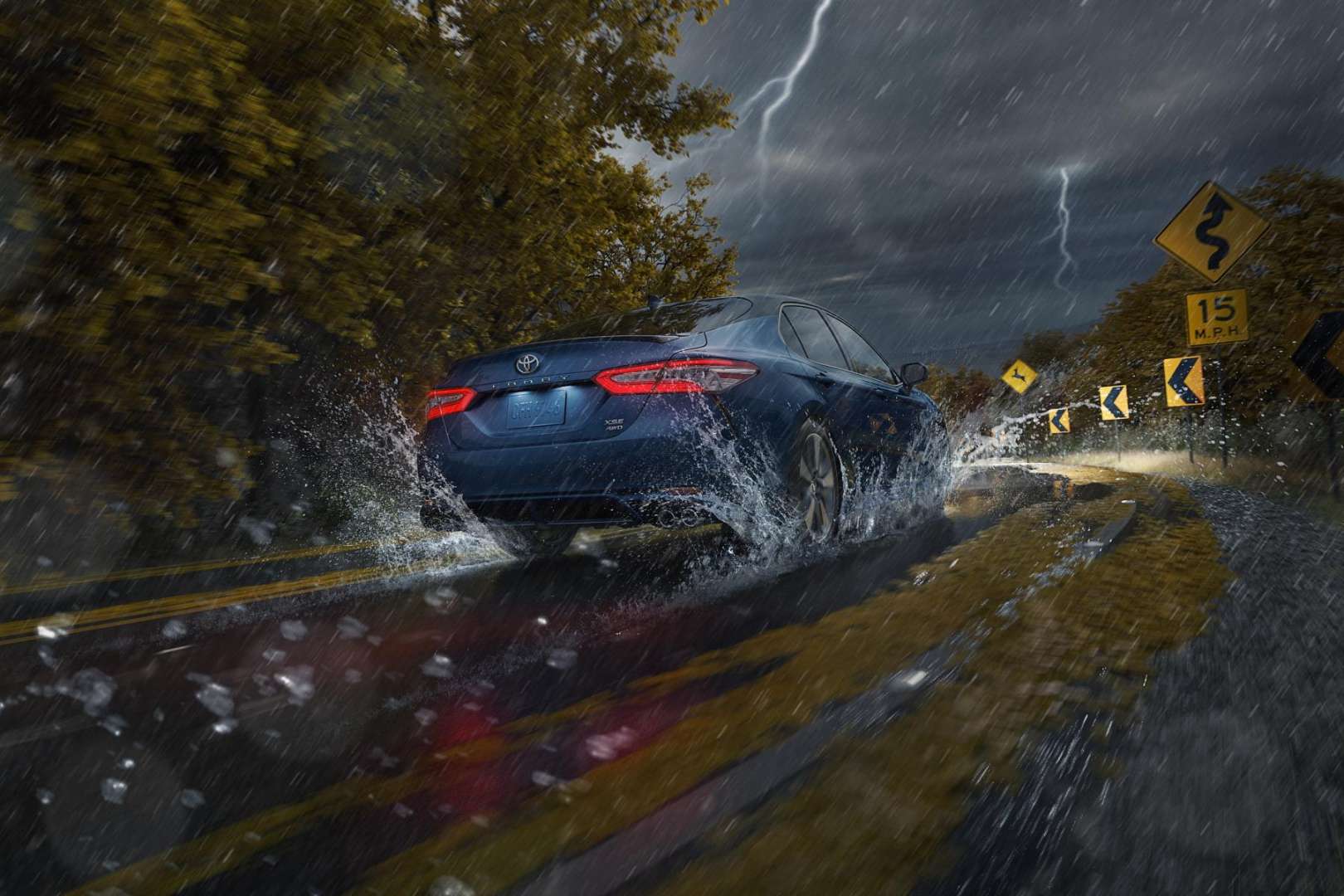In preparation for the winter season in North America, Toyota came up with all-wheel-drive (AWD) versions of the new Camry and Avalon. This is the first time for the Avalon to come with AWD, while the last Camry with AWD was last seen in 1991.
Here’s a quick question: Besides the looks, why do you think SUVs, pickup trucks, and crossovers are outselling conventional sedans? The answer, of course, is having an optional AWD system among many other reasons. More driving wheels means better traction, stability, and grip over loose, muddy, or icy surfaces.
According to Toyota, the demand for AWD sedans has increased significantly over the years. And since North American buyers are short on options when it comes AWD family sedans, the new Camry and Avalon AWD are here to fill the gap.
Both the 2020 Toyota Camry and Avalon AWD are specifically engineered for North America

Toyota is proud to say both the Camry and Avalon AWD are specifically developed for the North American Market. In fact, both models are assembled exclusively at Toyota’s manufacturing plant in Kentucky.
And since the Camry and Avalon are built on the Toyota New Global Architecture (TNGA), the blokes at Toyota had only minor challenges in fitting both sedans with a proper all-wheel-drive system. Mind you, the new Camry and Avalon were never designed to have AWD in the first place, but Toyota managed to pull it off using existing components.
The Camry and Avalon AWD inherited the drivetrain of the Toyota RAV4

Since Toyota’s RAV4 crossover is also built using the TNGA platform, the brilliant engineering team at Toyota North America Research and Development in Saline, Michigan were able to transplant the all-wheel drivetrain from the RAV4, which the company affectionately calls the Dynamic Torque Control AWD.
The system can redirect up to 50-percent of torque to the rear wheels when the system detects slippage on the front driving wheels. In normal driving, the system disengages the propeller shaft from the rear differential to optimize fuel economy.
It was a matter of combining the upper body structure of the new Camry and Avalon with the engine, transmission, transfer case, and rear differential of the RAV4. Toyota also threw in a modified propeller shaft lifted directly from the Highlander SUV.
Also, Toyota installed a saddle-style fuel tank replacing the flat-style tank in a conventional front-wheel Camry. Both vehicles also receive an electronic parking brake and a retuned multi-link rear suspension, the latter of which also came from the RAV4.
Toyota did it without penalizing cabin roominess

Despite extensive modifications to the floor structure, the AWD versions of Camry and Avalon are still roomy and practical. According to Toyota, the trunk floor height is virtually the same for both models in spite of having a bulky rear differential. Even the rear-seat hip point heights were unaffected by the transplant.
Want more good news? The AWD Camry is only 165 lbs. more than a regular FWD Camry while the Avalon AWD weighs similar to an Avalon V6 with FWD. This means the AWD models have the same ride and handling characteristics as the FWD model along with an ability to drive over snow, ice, or loose surfaces as needed.
Advanced safety is standard

All 2020 models of Camry and Avalon AWD receive Toyota Safety Sense-P (TSS-P) as standard. This includes a pre-collision system with pedestrian detection, dynamic radar cruise control, lane departure warning with steering assist, and automatic high beams. Additionally, both the Camry and Avalon gets ten airbags, traction control, and a backup camera.
The Camry AWD is a 2020 model and is arriving at dealerships in early spring. The AWD system is a standalone option for the Camry LE, XLE, SE, and XSE. Meanwhile, Avalon AWD is offered in XLE and Limited trims and is slated to go on sale next fall as a 2021 model.



